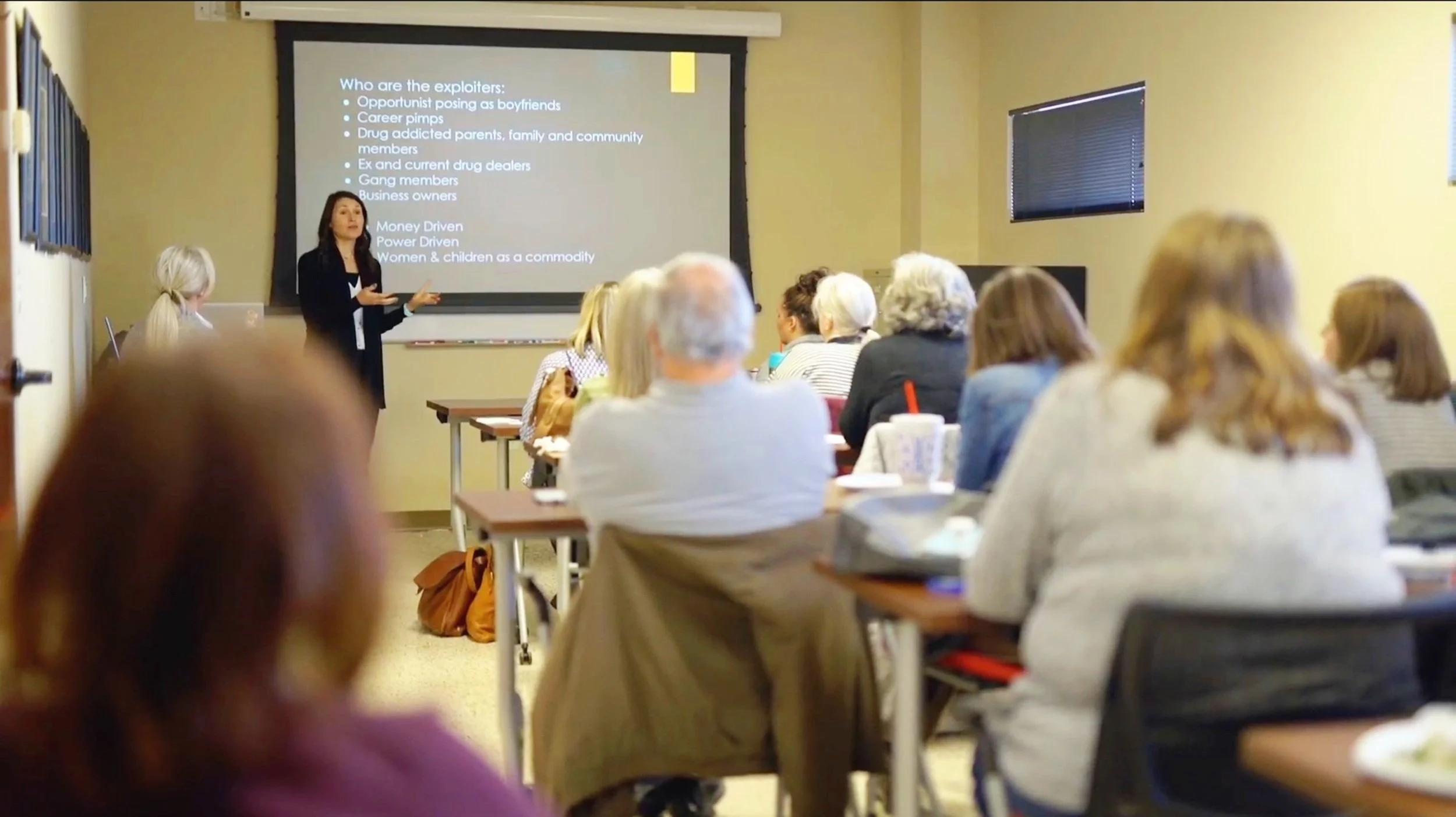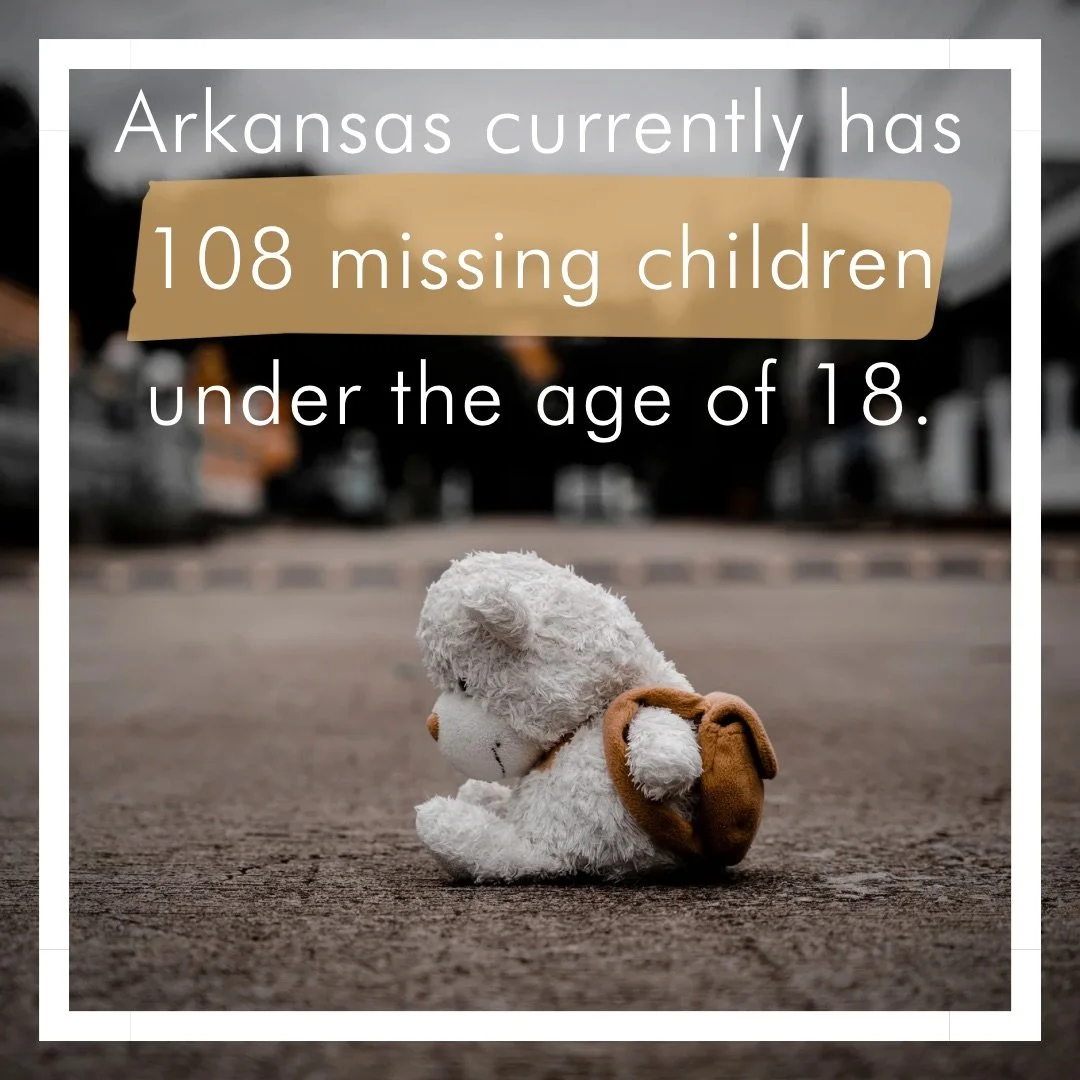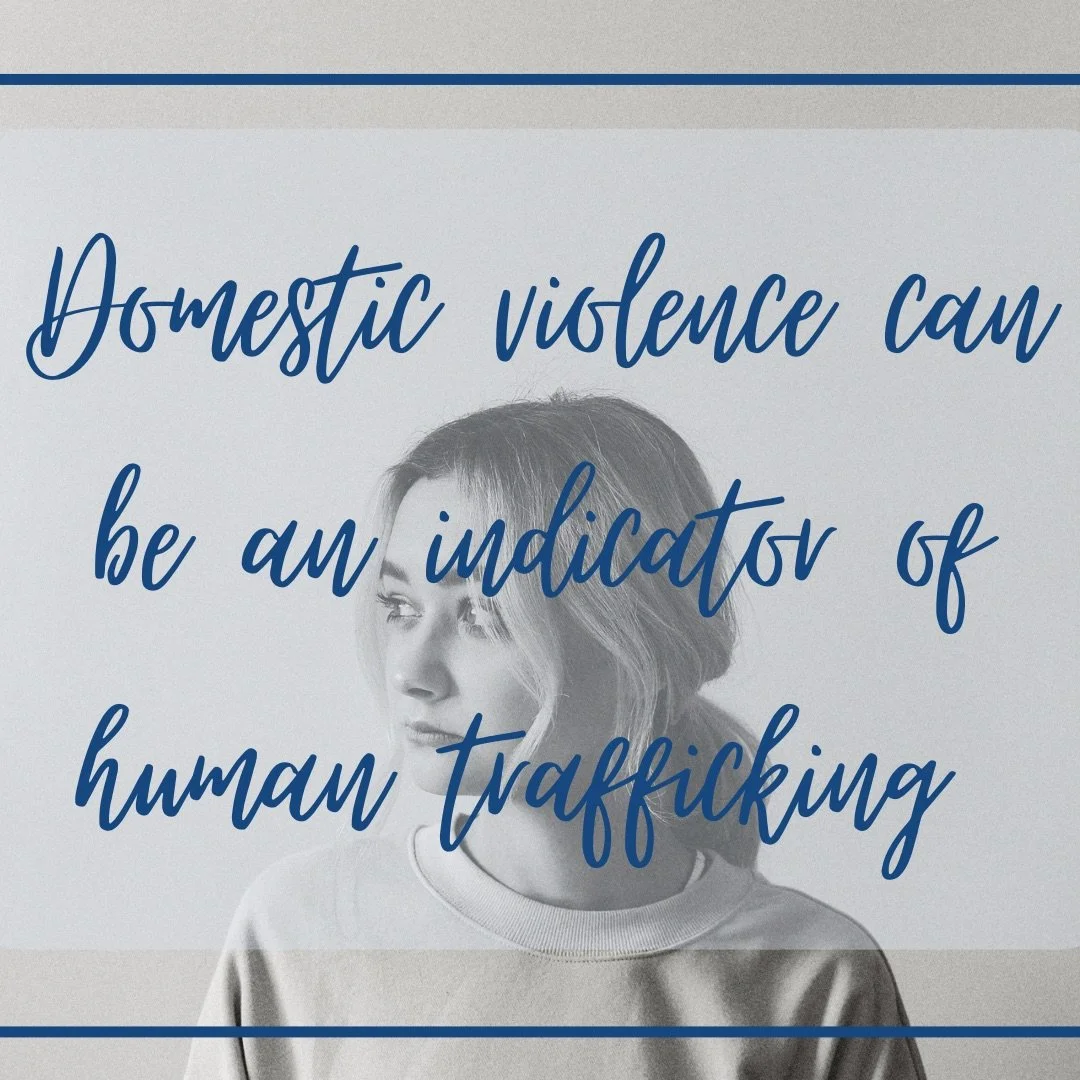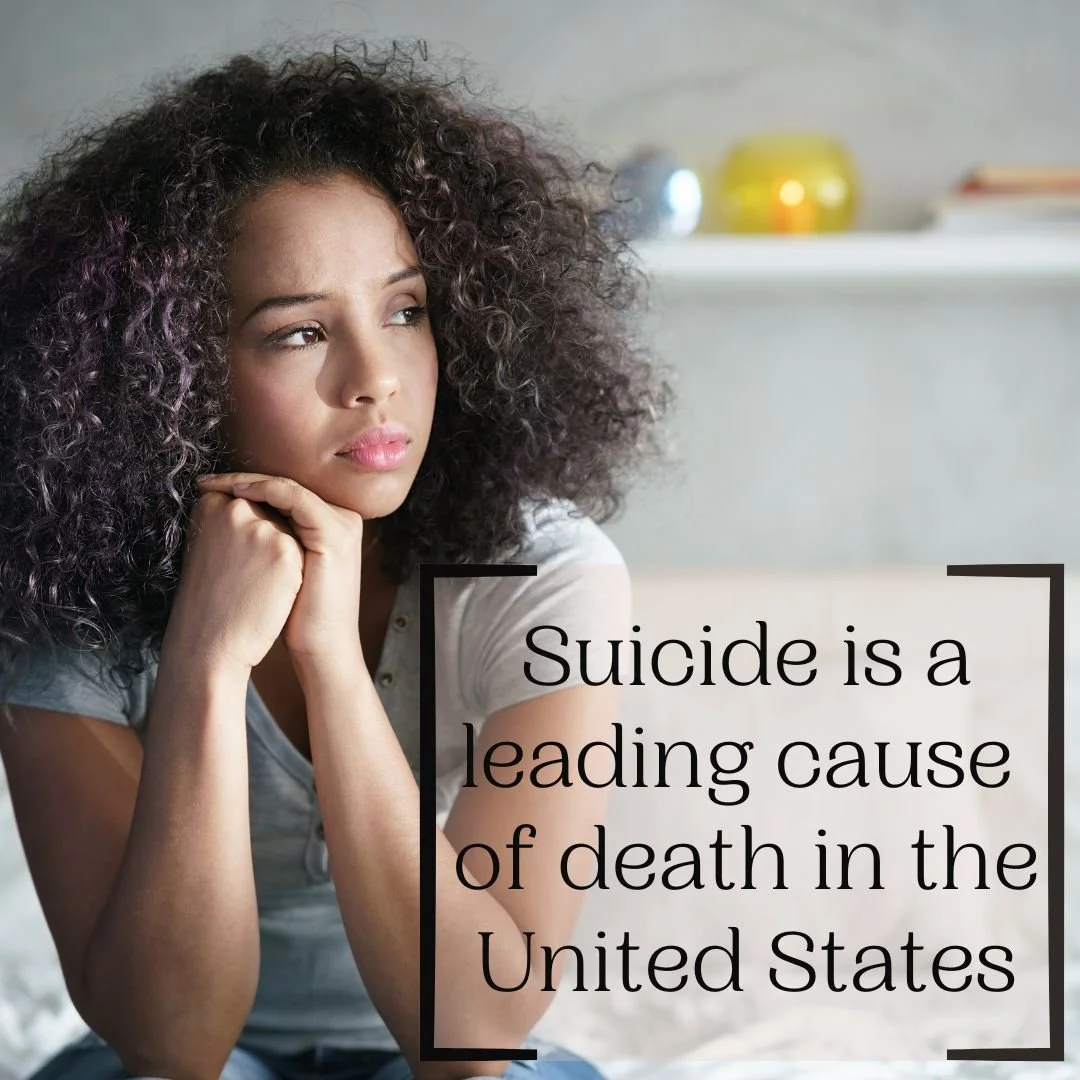Prevention Begins
With Education
Child sex trafficking thrives in silence and misunderstanding. At Into the Light, we believe education is the first line of defense. Here, you'll learn how trafficking really happens, how to spot the red flags, and how you can be part of stopping it. Our blog dives deeper—offering real stories, insights, and tools to help you protect the vulnerable and bring every child into the light.
Recognize The Signs
Of HumanTrafficking
Traffickers often lead with stories.
Promises of love, belonging, or opportunity are offered like lifelines—romantic relationships that feel real, jobs that seem too good to pass up. But these stories are tools of manipulation, crafted to exploit deep human needs. Knowing how to recognize these red flags is a powerful step toward prevention—and protection. Below, we’ve collected these major signs of human trafficking from the National Human Trafficking Hotline and Homeland Security.
Keep your awareness up-to-date by following our Facebook, Facebook NWA, & Instagram accounts where we post daily and share even more information about human trafficking.
Expand each category to learn more.
-
A would-be employer refuses to give workers a signed contract or asks them to sign a contract in a language they can’t read.
A would-be employer collects fees from a potential worker for the “opportunity” to work in a particular job.
A friend, family member, co-worker, or student is newly showered with gifts or money or otherwise becomes involved in an overwhelming, fast-moving, and asymmetric (e.g., large difference in age or financial status) romantic relationship.
A family member, friend, or co-worker is offered a job opportunity that seems too good to be true.
A family member, friend, or co-worker is recruited for an opportunity that requires them to move far away, but their recruiter or prospective employer avoids answering their questions or is reluctant to provide detailed information about the job.
-
A friend, family member, or student is a frequent runaway and may be staying with someone who is not their parent or guardian.
A family member, friend, co-worker, or student is developing a relationship that seems too close with someone they know solely on social media.
A family member, friend, or student lives with a parent or guardian and shows signs of abuse.
-
Appear disconnected from family, friends, community organizations, or church
Has stopped attending school
Sudden or dramatic change in behavior
Is disoriented, confused, or showing signs of mental or physical abuse
Has bruises in various stages of healing
Is fearful, timid, or submissive
Shows signs of having been denied food, water, sleep, or medical care
Indicate they want to stop selling/trading sex but feel scared, or unable to leave
Say they were pressured into selling sex
Inappropriately dressed for the situation
Lives where they work or are transported by others (guards) to workplace
Abuse or substance abuse in the home
Often with someone deferring to, or someone who seems to be in control of where they go or who they talk to
Appears to be coached on what to say
Is living in unsuitable or unstable conditions
Lacks personal possessions
Does not have freedom to leave or move without unreasonable security measures
Has new social media with older friends
4 Types of Sex Trafficking:
-
Familial Trafficking
When trafficking happens within a family, it’s a deep betrayal. A parent, guardian, or relative uses their position of trust to exploit a child—often for money or personal gain. This form of trafficking is especially damaging, because the very people meant to protect become the ones causing harm.
-
The Romeo Effect
Some traffickers don’t use force—they use affection. By posing as loving partners, they offer attention, gifts, and promises of a better life. But once trust is gained, the grooming turns to control. Victims are slowly isolated and drawn into exploitation, all under the illusion of love.
-
Pimp Trafficking
This form of sex trafficking is marked by control and coercion. Pimps—traffickers who profit from the commercial sexual exploitation of others—often use manipulation, threats, and violence to trap their victims. They create false loyalty through psychological control, making it hard to leave. Some use social media or online platforms to lure vulnerable individuals into exploitation.
-
Gang-Controlled
Organized gangs exploit individuals—often for sex or forced labor—as a source of profit. They use established networks, intimidation, and violence to recruit and control victims. Social media is sometimes used to lure people in, but fear and manipulation keep them trapped. The structure and power behind these operations make escape incredibly difficult.
Be The Light:
Get Trained or Volunteer
Everyday people can make an extraordinary difference. When you choose to get trained or volunteer, you step into the story of prevention and healing. With the right knowledge, you’ll learn how to recognize the red flags of trafficking, respond with compassion, and refer victims to the support they need. However you serve, your time becomes a beacon of hope for children who’ve been hidden in the dark. Click below to begin your journey as a trained ally or faithful volunteer. Together, we carry the light.
Blog
The Intersection of Missing Children & Human Trafficking
Arkansas currently has 108 missing children under the age of 18 and 11 of these children have been missing for over 2 years. An average of 1 in 6 runaways are likely victims of child sex trafficking.
Types of Traffickers & Tactics They Use for Child Trafficking
77% of people are trafficked in their own country. The commercial exploitation of children is a growing issue and education is a powerful tool to help prevent and fight human trafficking. There are different types of traffickers that employ various methods to recruit victims including:
Child Trafficking & Domestic Violence
Experiencing violence can have a detrimental impact on a child’s life and significantly increase their vulnerability to and risk factors associated with human trafficking.















